If history is disputed, the future itself is disputed. After the Babri structure of Ayodhya, now the Gyanvapi Masjid of Banaras is being seen similarly at this time. The Hindu side says that this mosque was demolished by Aurangzeb in 1669, the grand Vishweshwar (Viswanath) temple and built a mosque in its place. According to Harvard scholar Diana L. Aik, the temple demolished was quite grand, with a sanctum sanctorum and eight mandapas all around. However, the temple was not completely destroyed. Aurangzeb had deliberately erected a wall of the old temple and merged it with his shrine. It can be inferred that he tried to sprinkle salt on the wounds of the Hindus or it was presented as a symbol of the king’s arrogance. Whatever the reason, the wall ensured that the horrific memories lived on in the form of worship of the adjacent well, in which a priest had hidden the Shivling. He wanted to save her from humiliation.
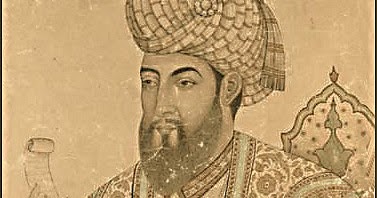
Had this history been written at the time of partition, perhaps this controversy would not have arisen here today! Recently, five women had filed a petition in the court stating that the mosque complex is a part of the temple. Accepting the petition, now on the orders of the court, the survey and videography is being done under tight security. In such a situation, many kinds of speculations are being made, people are apprehensive, will the Gyanvapi Masjid dispute also take color like Babri in Ayodhya?
It may not be so because at present in the case of Gyanvapi Masjid, the Hindu side is not making any demand like removal of the mosque and restoration of status quo, only the right of worship. Actually, the Place of Worship Act passed in the Parliament in 1991 talks about keeping the place of worship of all religions in the form of 15 August 1947. In such a situation, it is difficult to believe that the Hindu side will get any major legal right here. Yes, it can definitely be said that Aurangzeb had broken the idols. The Places of Worship Act of 1991 does not give any scope to change the existing religious character of any shrine. Viewed this way, the current tussle in Varanasi is to find a place for Hindu worshippers.
That is, the history after 1947 and the law made in 1991 is pointing in the direction that the knowledge-based structure will remain in its place. Yes, if the structure is to be removed and the grand Vishweshwar temple of the eleventh century is to be re-established there, then both the law and the history will have to be changed. However, in the midst of this controversy, if someone is talking about religion, then somewhere there is a discussion of secularism. But such a question is that from where did the mosques come from or near the ancient places of faith of Hindus in India?
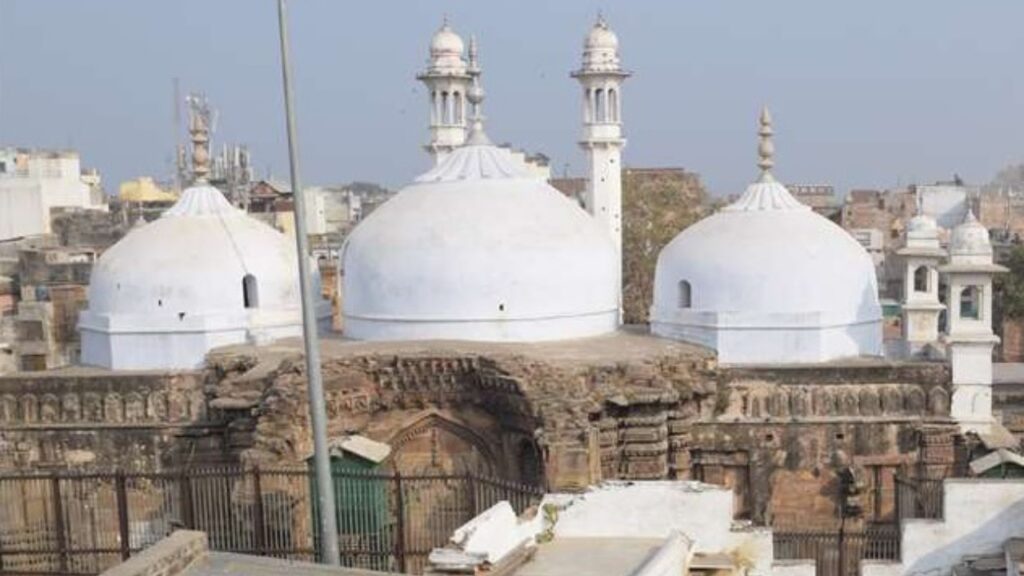
Ordinary man’s philosophy says that when you take away the center of faith from someone, in return either give them a new place of faith and path or else change their former place of faith in your style and way of prayer. This statement of philosophy is absolutely true for understanding Islam and the structures of these disputed mosques. The ideology, which originated from Arabia in the 6th century, had violently touched the borders of India in a very short time by the beginning of the 7th century. Within a span of 50 years, the Jewish temple synagogues in Arabia were demolished and in a short time they were converted into mosques. In the meantime, the Yazidi community broke the Malak Taus temple, broke the Parsis temple Atish Behram in Iran and made the structure of the mosque. Buddhist temple Buddha statues destroyed in Afghanistan. The famous Sun Temple in Sindh Present (Pakistan) was demolished. After this, in the Mughal period, the invaders tried to destroy the culture of India, the faith of Hinduism in a lot of ways. Demolition of temples is one of these. It is difficult to tell the exact number of temples destroyed during the Mughal period, because the history of that period was also written by the Mughal rulers. Yes, it can definitely be said that many thousand temples were destroyed by the Mughals. Evidence of many still exists today.
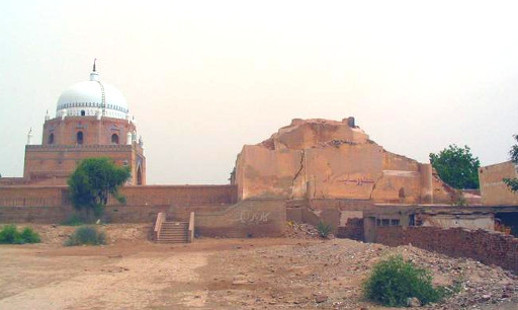
Second, today no one can deny that the ancestors of Muslims living in South Asia, especially in India, Nepal, Pakistan and Bangladesh, were Hindus. In this context, the statement cannot be denied that the centers of their faith were temples located in the land like Ayodhya, Kashi and Mathura. That is, people were forcibly brought to Islam and their ancient sites were demolished and they were given structures of mosques at the same place. That is, along with Hindus, there was a forcible conversion of these places of faith.
Can an Indian Muslim deny the fact that Mahmud of Ghaznavi invaded the North West of India in the 11th century? His attacks were famous for destroying shrines, destroying idols. Among them the famous temple of Somnath and the temples of Mathura, Thanesar, Ujjain are special. According to his court historian al-Utbi, the invasions were part of a jihad against the spread of Islam and anti-Islamic practices. He had enslaved thousands of Hindus only from Mathura?
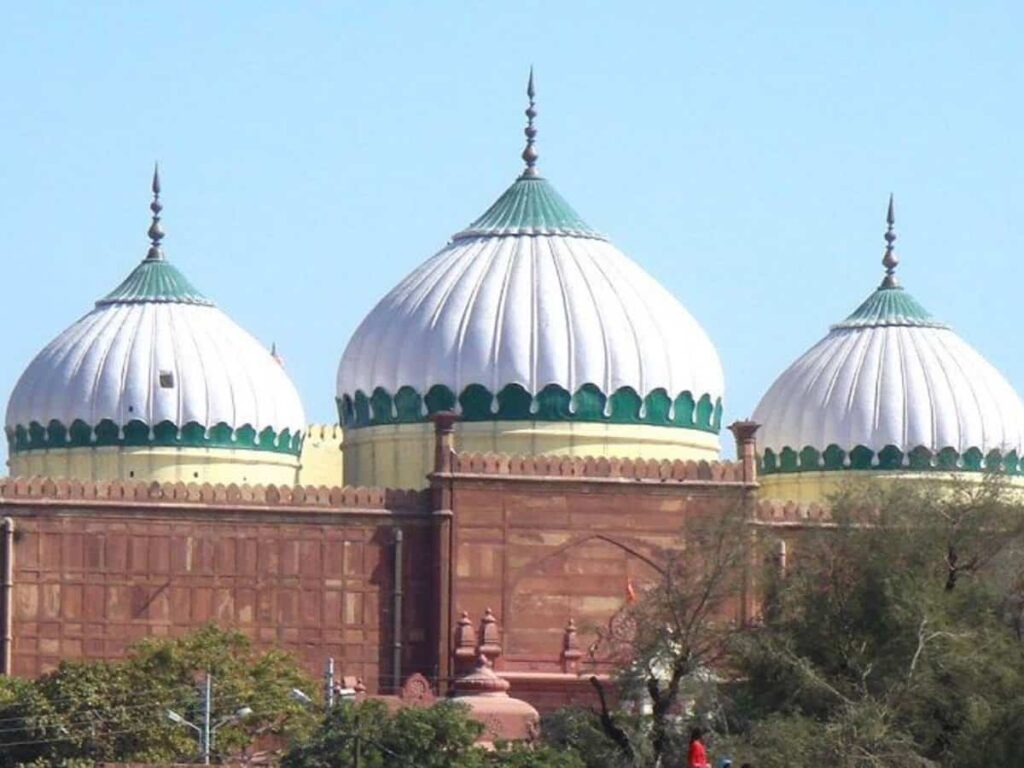
Muslim historian Maulana Hakim Syed Abdul Haji himself writes that Hindu, Jain, Buddhist places of worship were broken under fanaticism under the rule of Aibak. Remains of 20 Hindu and Jain temples were used in the construction of Quwwat al-Islam, the first mosque in Delhi. The ruins of the ancient temple can still be seen around the Qutub Minar. The period of religious persecution continued even during the Khilji rule. This episode of religious violence was not only created by the army, but the Mufti, Qazi and other courtiers also recognized it on religious grounds. Qazi Mughisuddin Bayana advised Allauddin that it was righteous to crush and subjugate the Hindus and that we should kill, plunder and imprison them as ordered by the Prophet. Or they accept Islam or be killed, enslaved and their personal and religious property destroyed. Many Hindu massacres are also mentioned in Baburnama. These massacres were faced not only by Hindus but also by Christians in Europe including Jews, Parsis, Buddhists and Sikhs. Turkey’s Alaqsa Mosque is the biggest example of this.
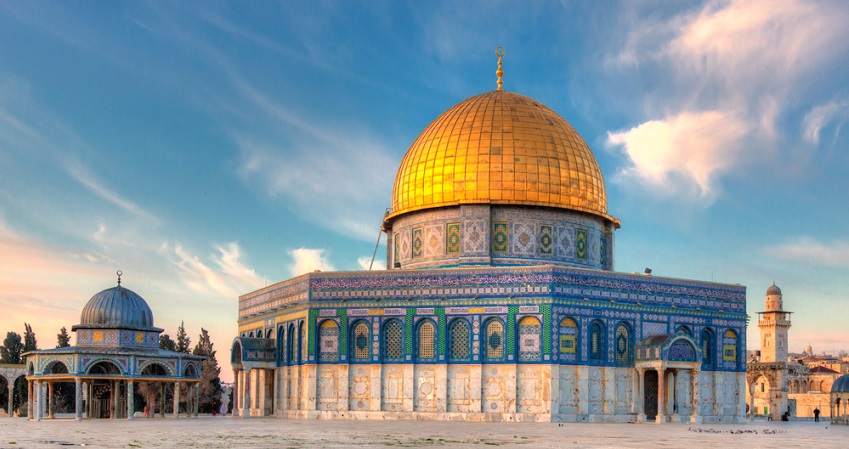
One thing which is most noteworthy here is that wherever Islam has gone, it has made inroads and is sitting there even today. But this did not happen in the case of India, with the passage of time the Mughal period or say Islamic earthquake ended. British rule came and with independence there was a division between the two ideologies and the reins of the power of India came in the hands of the Hindus.
During the Mughal period, the people who became Muslims chose a religious country in the name of religion. People felt that even the dispute of faith went beyond the border. Then it was the duty of the then governments to rectify the tainted history of hundreds of years. All disputed faith places should be resolved. But this did not happen, even today after the partition of India in 1947, this conflict is not only alive, but all the governments have also maintained them.

This is the reason why today every devotee who has lived in religious servitude for hundreds of years experiences both loss and anger after seeing mosques like Varanasi, Mathura or Atala. In the long run, this could lead to increased vendetta and other local controversies in the context of Hindu empowerment. It is not enough just to take recourse to the law to control the sentiments of the people. There is also a need for a historical narrative that tells the truth of the ugly medieval heritage to all Indian communities. If this disputed history and laws are improved, then the future of India will also look beautiful. Otherwise every faithful devotee would see Gyanvapi as Babri.
by Rajeev Choudhary author blogger








More Stories
That great monk who at a very young age gave something to the society which cannot be forgotten. Swami Darshananand
Revolutionary brother Balmukund, who made British Viceroy Lord Harding tremble.
Romani community: Those citizens of Europe who are considered untouchable!!